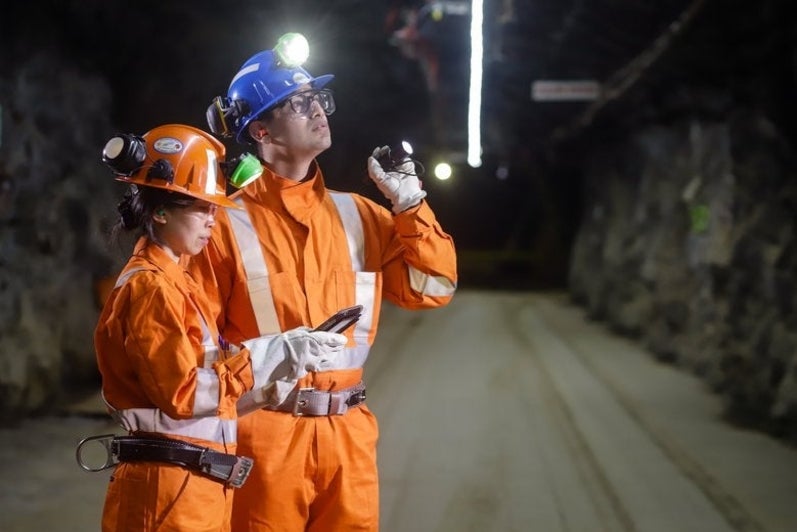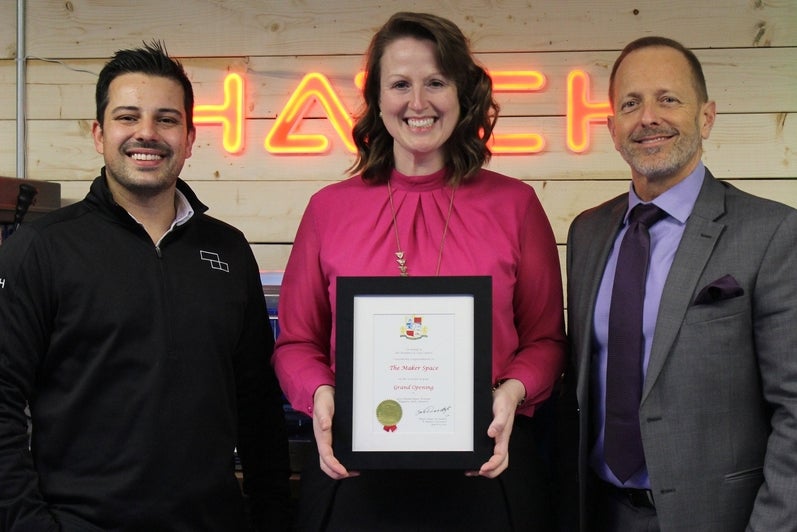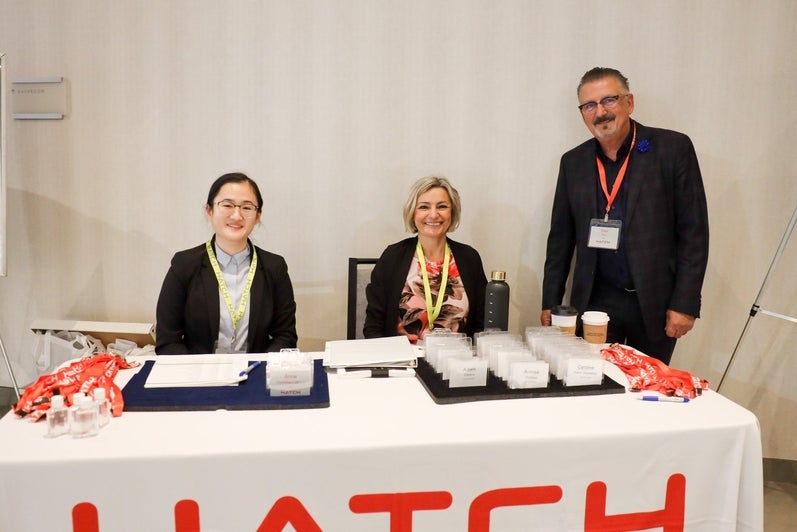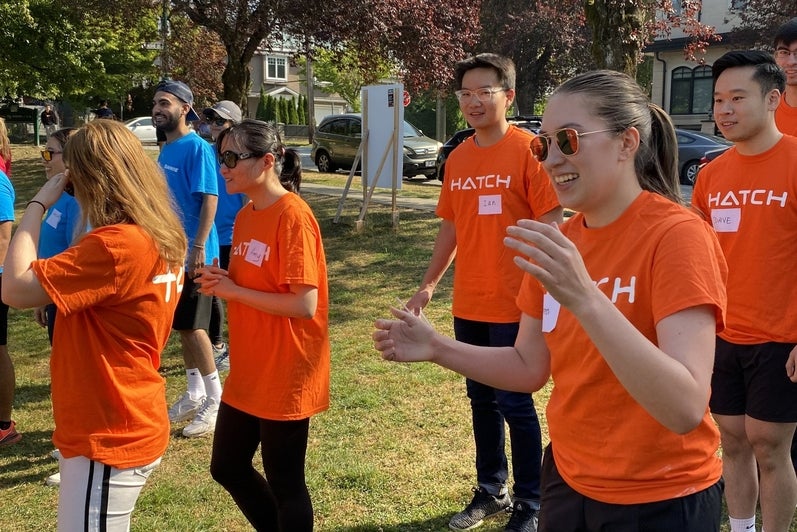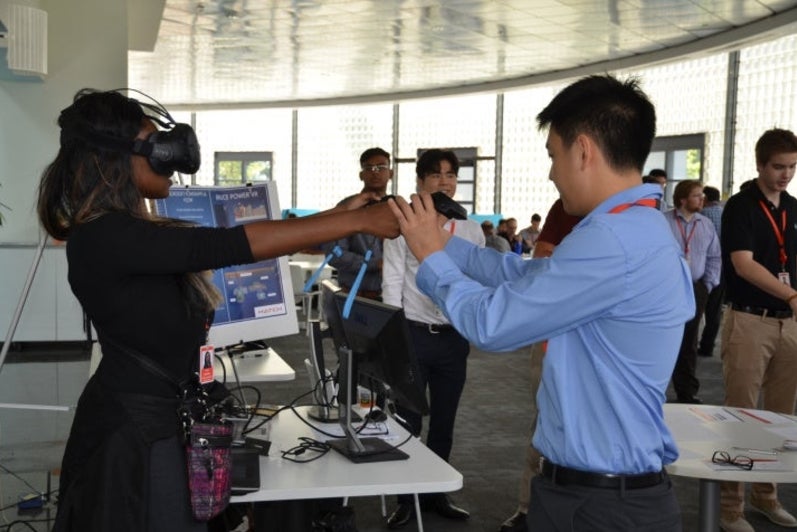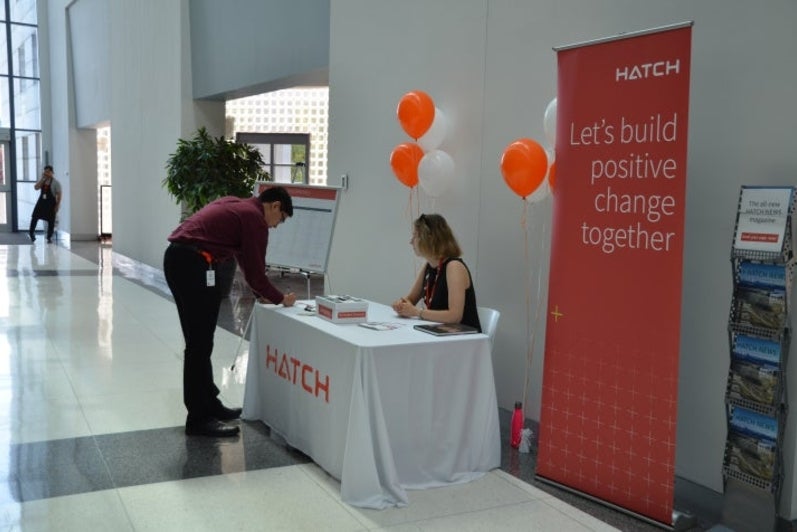Hatch builds smarter engineering solutions utilizing student talent
By: Krista Henry (she/her)
Celebrating work-integrated learning (WIL) month
Hatch Ltd is committed to the pursuit of a better world through positive change. The organization drives engineering solutions in the metals, energy and infrastructure sectors in more than 150 countries. The Globe and Mail recognized Hatch as one of Canada's best diversity employers and greenest employers of 2022.

The organization aims to have women represent 40 per cent of its workforce this year and provides equal access to opportunities for women.
Hatch’s specialized environmental services practice group ensures environmental and sustainable design is factored into their projects.
Mentoring emerging talent, like co-op students, helps Hatch build a sustainable talent strategy.
In conversation with Hatch
Kimberley Buttaro (she/her), talent acquisition team lead at the organization, gives us her insights on how the company attracts and retains student talent:
How does hiring co-op students from the University of Waterloo help with your recruitment and talent strategy?
At Hatch, we pride ourselves on presenting a diverse, qualified candidate pool from the beginning to the end of the recruitment, interview, hiring and onboarding process.
To do this, we invest in our new and future employees from day one. We do so by placing our value where it matters: the students and new graduates. They bring the energy, new ideas and tech savviness that is unique to this age group and pool of candidates.

Kimberley Buttaro
Talent acquisition team lead at Hatch
How do you ensure a successful co-op work term for your organization and for the co-op student?
The way we grow, train and mentor future engineers is largely by networking with schools and providing summer jobs and co-op opportunities for students. We aim to set this group up for success by the time they’re new graduates. In other words, we invest in students’ futures from day one.
To ensure students and new hires are well supported, we pair the student or new hire with a senior engineer for mentorship. The team offers support by providing hands-on access to ongoing projects. While the new hire is part of a global team, they are also placed within a smaller local team for networking and support. They can work on-site when possible and assist in the overall success of the team and project.
What are some of the biggest benefits of hiring co-op students?
As hiring managers, one of our priorities is ensuring the transition from a graduate to a new hire is immersive, accessible and well-supported. Co-op and summer students gain hands-on experience by becoming immersed in the teams and projects. These experiences help with future opportunities as they convert from co-op students to new graduate hires.
As new hires, they have opportunities to grow, train and mentor future engineers. They do this by growing their own projects and teams and participating in the development of succession planning.
Creating a talent strategy for engineers is key to future success – for Hatch and for the entire industry.
Solving the world's challenges and leading positive change can only happen with fresh, innovative ideas. Co-op students are crucial to developing the thought leadership that, quite literally, will change our world for the better.
Inclusive culture for women a plus for Hatch students
Jessica Liao (she/her) is an Architectural Engineering co-op student who recently worked at Hatch as a tech projects and engineering structural co-op. Liao shares her highlights about Hatch and the benefits of WIL:
What was it that first attracted you to a co-op term at Hatch?
Hatch is a flat organization, which means that everyone is treated equally and everyone can be a leader. The inclusive culture and the bountiful leadership opportunities available truly interested me. There are countless opportunities for you to learn and take on leadership roles. At Hatch, everyone is there to help one another strive and grow. I was fortunate enough to experience this firsthand. My supervisor was always there to mentor me and did not hesitate to share their expertise and experience.
What were some of the tasks or projects you worked on?
I was part of the structural team that worked on designing the structural steel components of smelting furnaces under the technology group. During my co-op term, I had the opportunity to analyze existing designs of smelting furnace structural components to ensure that the steel beams and cantilevers had adequate capacity. I also aided with the design of the structural systems.
What was most beneficial to you about participating in a WIL program?
In my opinion, the most beneficial part about participating in a WIL program was the opportunity to create valuable connections at my co-op placement. Not only was I able to make valuable contributions through the work I was performing, but I got to collaborate with extremely knowledgeable individuals in the industry. Without a doubt, creating a network of connections is crucial for our future careers. The WIL program allows students to start creating those valuable connections early, which I am very grateful for.
Stay tuned for next week’s WIL month feature!
